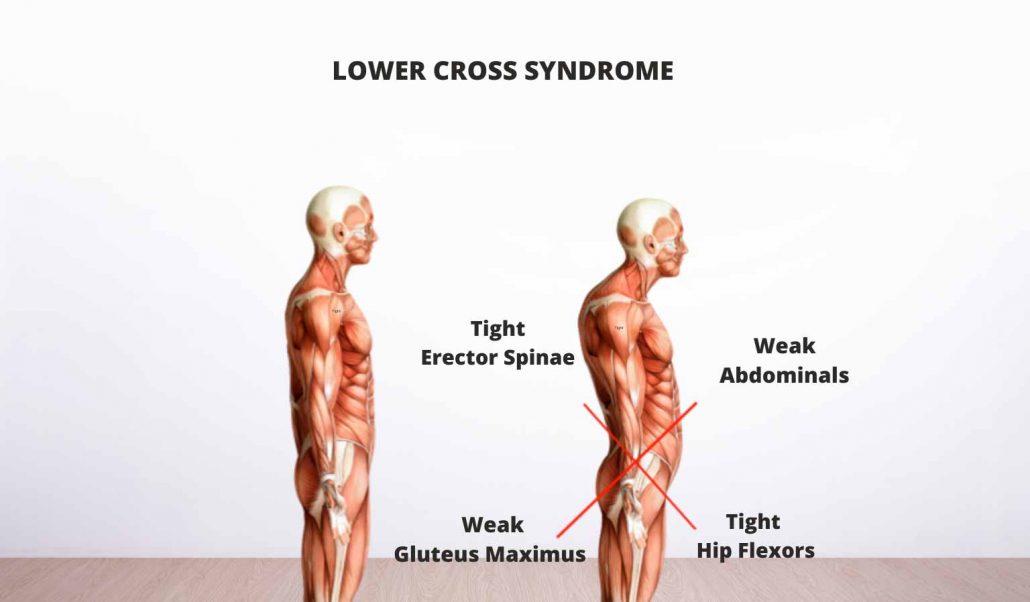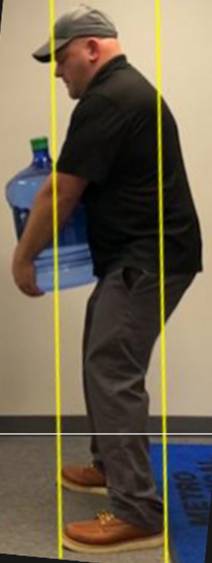I'll bite & redirect to the topic at hand. I was learning more about body issues this week.
I keep seeing people not work on their posture. I now understand it also as a syndrome in addition to a problem for disc golf form development. As usual, I never want anyone to hyperfocus on any one thing, and this is more about health with disc golf exhibiting related issues. I did think some people might benefit from reading this and consider modifying their exercise and habits to their benefit (consult a real medical Dr. or PT when in doubt, etc etc)
I wish I had gotten the old legs and glutes and whole posterior chain and hips into much better shape before I started my DG compulsion. If you want to add power to a swing and move with the right type of athleticism, you need to be limber, coordinated, and strong enough relative to your mass through tons of supporting muscles in the body without profound imbalances.
In particular, as one case in point of the abuse modern lifestyles put on the body, "lower crossed syndrome" sums up a lot of what deskbound people develop. I spent enough time in the peer-reviewed literature to notice that as usual there are controversies about the terminology, specific cause/effect and outcome relationships, and so on, but there appears to be evidence of at least a co-occurrence of a cluster of muscular issues in people of various ages. There is an increased likelihood later in life and increased prevalence in children as basically everyone gets more sedentary and device-bound.

A big part of bumping into limits for me has been a combo of not building up the right strength and flexibility in the right places earlier in life, and trying to battle back or gain it for the first time for the sake of my body in general. Fortunately, as I understand it, you can usually address most of these issues with PT and a regular workout plan, modifying your habits to include standing desks and balance stools, etc. It can take a while to correct for these issues. You probably also know that posture issues and atrophy are usually things that creep up on you over time, and are associated with very poor health outcomes in the long run. Given that so many people have these issues these days I'd thought I'd share.
This public article involves its share of "gymbro" hype and probably some woo, but was pretty decent at tying together some of the implications of deskbound life with functional issues. You may notice that a lot of them are directly related to issues that pop up in disc golf form:
https://boxlifemagazine.com/strengthening-your-posterior-chain/
This pretty much described me:
"First, most people sit on their glutes (arses) all day, leading to quad dominance; in essence, their butt now becomes their feet. The glutes lose their primary role of hip stabilization and extension. Second, many people have placed too much focus on the muscles of the anterior chain (which include the abs and quads) either intentionally—as these are the 'beach and mirror muscles'—or unintentionally through incorrect programming."
We see these issues cropping up not just in lifters who neglect certain exercises or rely too much on two-limbed moves anchored in place, but people of all body types and ages. It's one of the reasons SW likes to put such an emphasis on posture, and for many of us there's a legitimate need to rehabilitate and strengthen the relevant muscle groups. It seems very likely that so many bodies out there resist posture corrections for golf or disc golf because of habits biasing their postures that gradually leads to atrophy and muscle constriction and tightening. I see it constantly in form critiques now.
Here was a nice read too.
https://blog.nasm.org/lower-crossed-syndrome
After my last couple major form changes that seem to have shifted the burden staunchly toward the preferred DG muscles, I was interested to realize that every single muscle listed there is where I felt pretty sore the day after my last couple rounds. Effortless swings these days, but clearly new muscle recruitment reveals weaknesses:
gluteus maximus
gluteus medius
transversus abdominus
internal oblique
anterior tibialis
posterior tibialis
You can learn the posture to load these with e.g., a cylinder held like this and address with exercises that target this complex of muscles:




